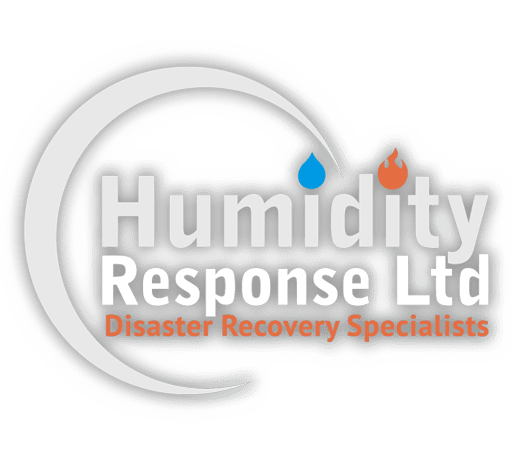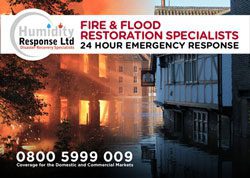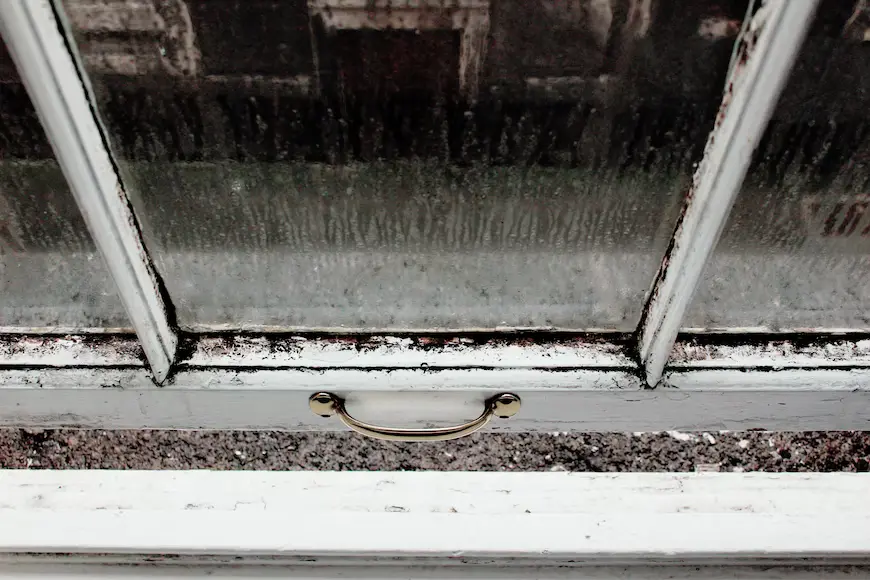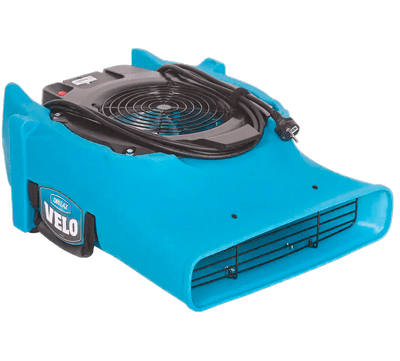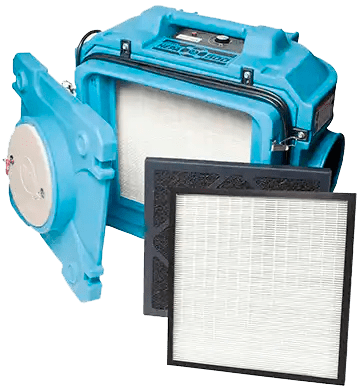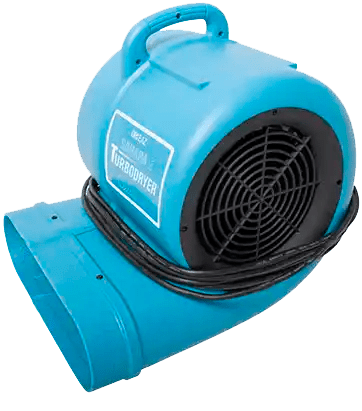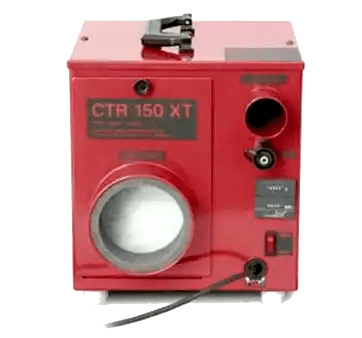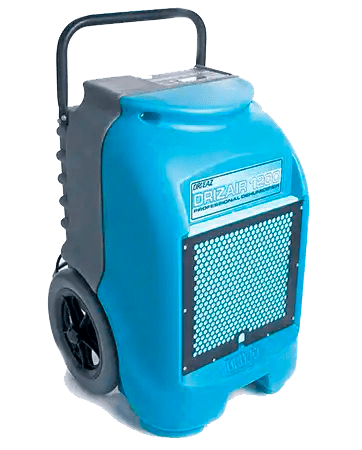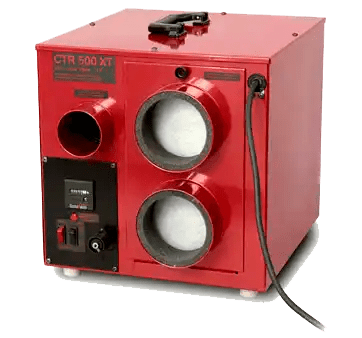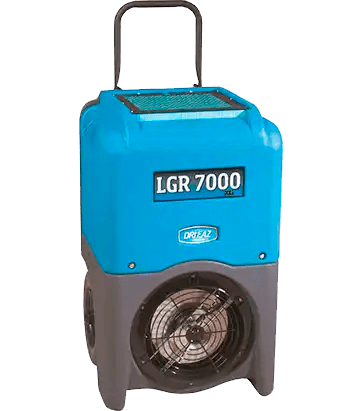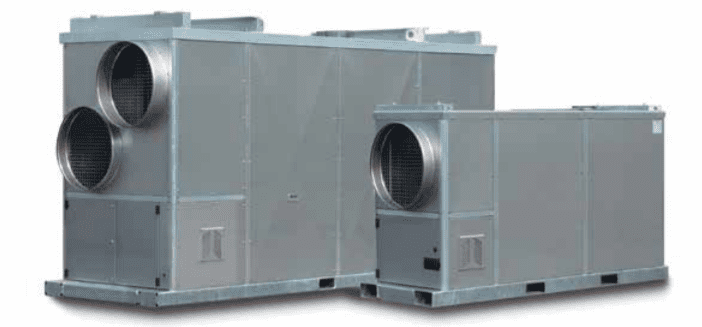Have you noticed mould growing in your property or on your possessions, or damage caused by damp? If so, don’t ignore it. Mould and damp should be removed by professional mould remediation as soon as possible. Here’s how you can prevent damp and mould from developing, and how Humidity Response can identify and fix the damage.
Mould and damp: what are the dangers?
Damp and mould can be very dangerous, especially for very young and old people, those with compromised immune systems, or people with pre-existing respiratory illnesses like asthma or chronic obstructive pulmonary disease (COPD). This is because moulds produce allergens and irritants which can cause a reaction in those with weakened immunity. They can also trigger asthma attacks.
Spores from aspergillus, a common mould, can also lead to a condition called aspergillosis. It’s worth noting that most people who breathe in mould spores don’t get ill — aspergillosis is rare in healthy people.
However, if you have any of the pre-existing conditions mentioned above, the mould spores can cause wheezing, shortness of breath, and coughing up blood or mucus. Having aspergillosis can also make your existing lung condition more difficult to manage with normal treatment. And that can lead to potentially fatal consequences.
In addition to posing a health risk, mould can permanently damage furniture or other property. If it’s not found and treated quickly, it can even compromise the structural integrity of the building,
How to prevent damp and mould
Mould and damp are caused by excess moisture, such as from leaking pipes, condensation around windows, or rain seeping in through the roof or around window frames. We offer specialist leak detection so you can get them repaired immediately to prevent further damage. Buildings that have recently been finished or had work done may also be susceptible to mould due to the building still drying out, like fresh plaster on the walls or ceiling.
So, what’s the easiest way to prevent damp and mould? Ventilation — open windows to remove moisture from the air instead of letting it build up inside. This is especially important in susceptible areas like utility rooms, kitchens and bathrooms.
Remember to keep the door shut while cooking or having a shower, though, to prevent steam from travelling around the property and risking mould issues in other areas.
Try to avoid drying clothes inside, especially in living spaces and bedrooms. You can take steps to reduce moisture, like using a dehumidifier, if you have nowhere else to dry your laundry.
Carpets can trap and spread mould, so ensure you vacuum clean them regularly, and have them professionally cleaned once a year to ensure they are mould-free. It also helps to keep your home or business as clutter-free as possible, so there are fewer surfaces for mould to grow on.
Mould investigations and remediation from Humidity Response
Mild cases of mould and damp can sometimes be resolved using household cleaning products, but in more serious or persistent cases, the best way to remove mould and damp is professional mould remediation.
At Humidity Response, we undertake mould investigations to assess the extent of the damage and provide a report on what can be done. The cost of the report will be deducted from any work carried out. Depending on the severity of the damp, we may first install air movers and dehumidifiers to dry out the affected area, before treating the mould and repairing or replacing any fixtures which have been damaged, like corroded nails or rotting timber.
If you are concerned about mould or damp in your property, contact our mould removal and damp repair specialists to find out how we can help.

